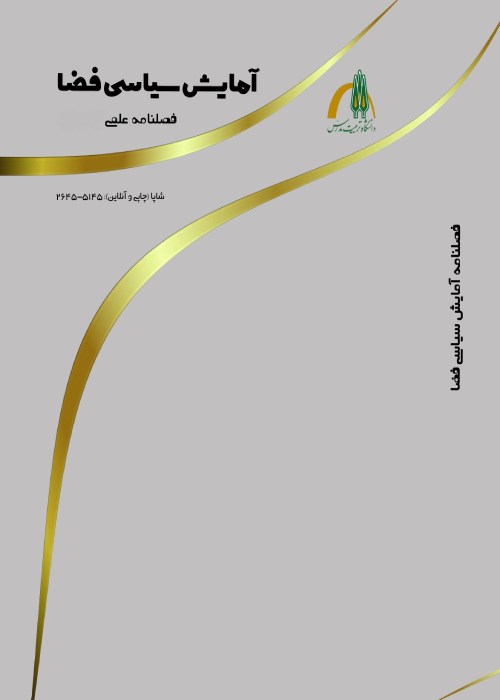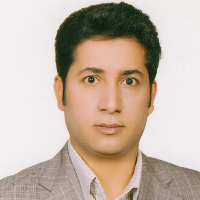Investigation of the Reflections of Political Economy on Geographical Spaces, Case Study: Urmia City
Space is the basis of socio-economic production based on political pragmatism, which reflects the political economy. Geographical spaces are the basis of human activities, and these activities give superstructure reflections to the space. The production and transformation of the geographical spaces of cities are the result of decisions made by powerful and rich political-economic individuals and organizations. In this regard, cities are examples of political economy reflections on geographical spaces, which are continuously influenced by the patterns of political and economic systems of countries at different levels (local, national, regional and international). Governments, as the most important players in the political organization of space, have the duty of formulating policies and planning the best for space development. Governments in most countries directly and indirectly interfere in space usage; by allocating funds and investing in space to build urban facilities such as universities, power plants, stadiums, schools, etc., they develop spatially. Therefore, today, cities have not only become the space of political power but also the center of all economic activities. Therefore, the space of urban environments, as a phenomenon that has been colonized and commoditized, is bought and sold, created and destroyed, used and abused, and the stock market plays on it. This research tries to investigate the reflections of political economy in the contemporary period on the geographical space of Urmia City.
The research method is descriptive-analytical. The reflections of the geographical space of Urmia city were measured under the influence of political economy components based on documentary findings, remote sensing (GHSL & ESA) and evaluation of elites in the form of questionnaire field findings, and questionnaire findings were analyzed by Amos software, and were analyzed.
The analysis of documentary findings shows that the functions of the dominant economic-political system model in Urmia city are integrated and under the influence of "national rentier economy and national rentier government", so that there is a kind of duality in productive relations and productive forces. The spatial reflection is also the presentation of a different spatial organization with the emergence of external and internal conflicts. The construction of the artificial environment not only requires some local economic actors, such as architects, builders and contractors, but also some discourses, political processes and elite rotation procedures, especially in city council elections. A wide range of actors in political economy are involved, from the production and sale of construction inputs to the stages of building construction and sale, pricing, etc. The findings also indicate the existence of a vertical relationship between the national level government and the city government. The discourses and macro-policies of the national government in Iran have had an impact on the production performance of Urmia municipality. These two institutions, through economic policies, exert their will to produce an artificial environment in the city with an emphasis on reproduction and accumulation of capital, meeting the needs of market demand, organizing the urban space, etc. Of course, the examination of the visual reflections of the city of Urmia shows that in periods when both the national and local governments had the two roles of agent and policymaker in cases such as the production of artificial environments, spatial management and organization of capital, and administrative-executive organization of the city in line with the model of political economy, economic enterprises, by investing in line with the economic policies of the government, have used neglected places and old neighborhoods and vacant lands suitable for construction projects in order to reproduce capital. They turn excess into physical forms to produce new spaces.
The economic policies of the government (national and local) in the urban construction sector have been accompanied by extremes, to the extent that the government has gradually turned from a policymaking position to an agency. In the atmosphere of the city, those actors of political economy who have political power can take over economic power through lobbies or applying their wishes to legal instructions. On the one hand, they spread the phenomenon of rent-seeking, and on the other hand, they push the nature of the reflection of the geographical space of the city towards rent-oriented. The most obvious examples of political economy reflections on the geographical space of Urmia are: a) concentration of power and wealth in certain areas; b) circulation of excess capital and wealth in the production of new spaces; c) formation of poverty areas; d) commodification of Urmia city space in the second cycle of capitalism; and e) expansion and spatial expansion.
- حق عضویت دریافتی صرف حمایت از نشریات عضو و نگهداری، تکمیل و توسعه مگیران میشود.
- پرداخت حق اشتراک و دانلود مقالات اجازه بازنشر آن در سایر رسانههای چاپی و دیجیتال را به کاربر نمیدهد.



